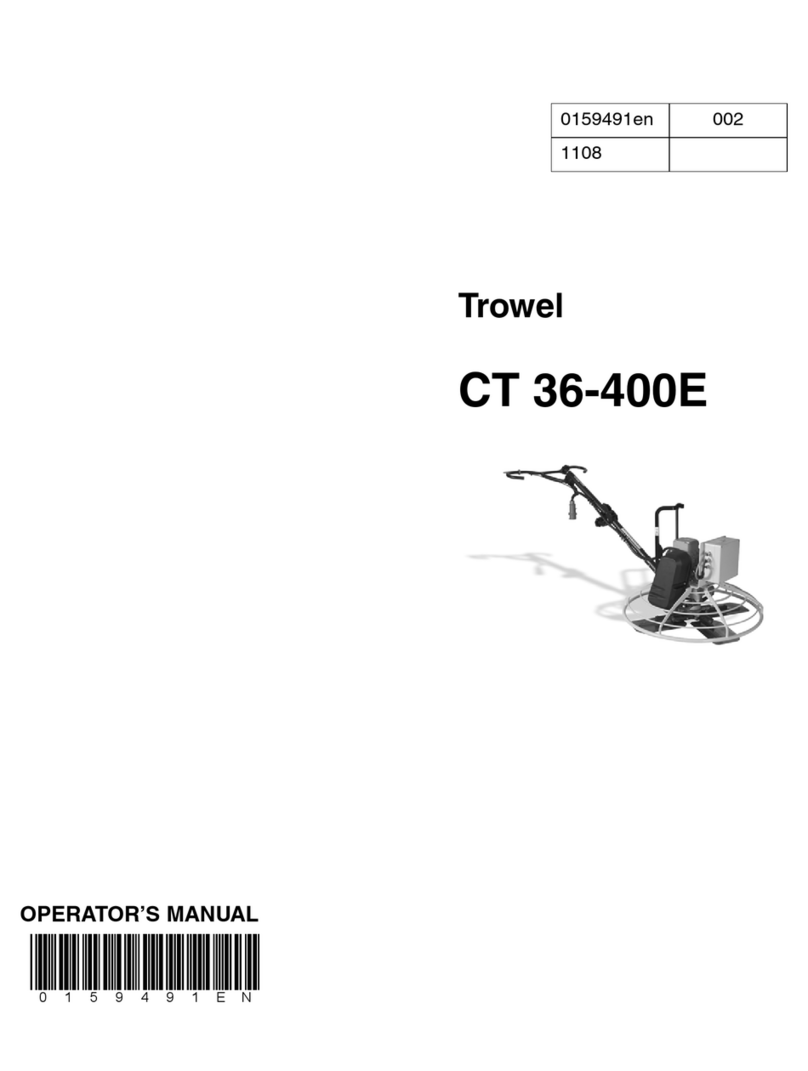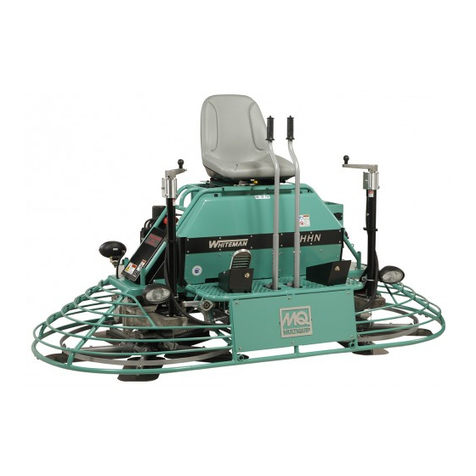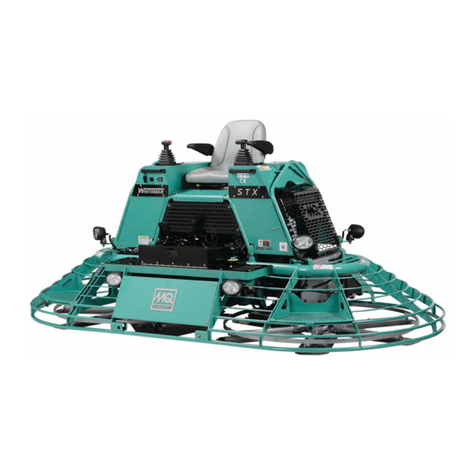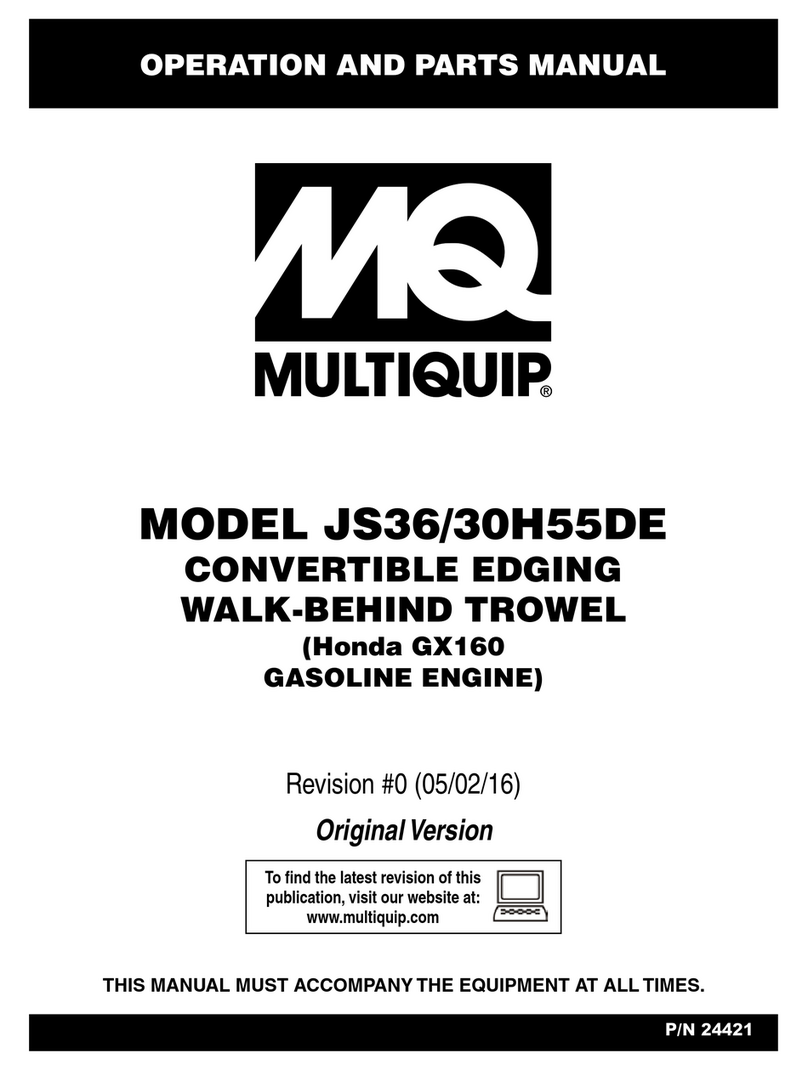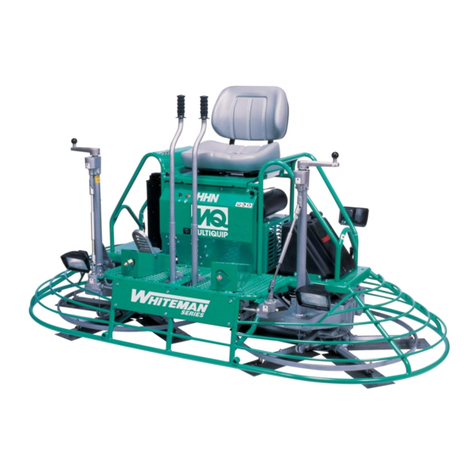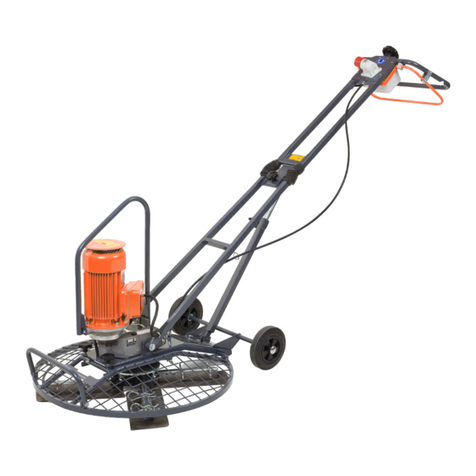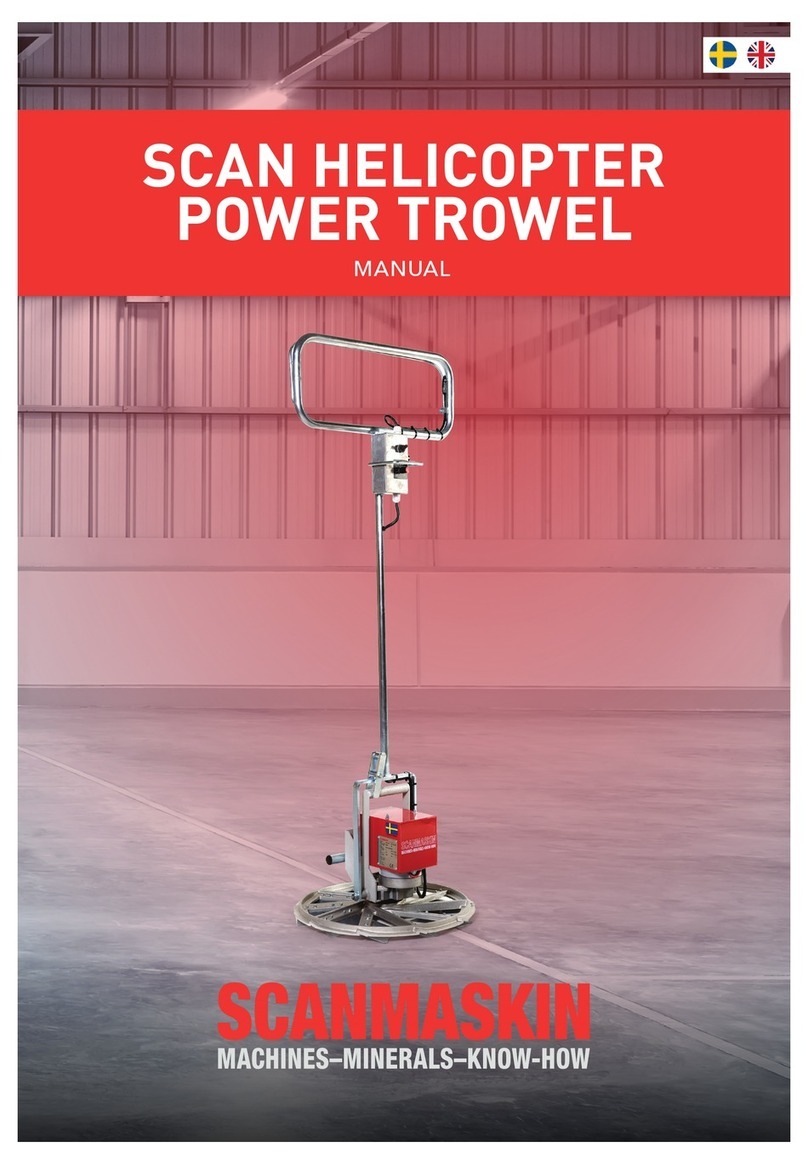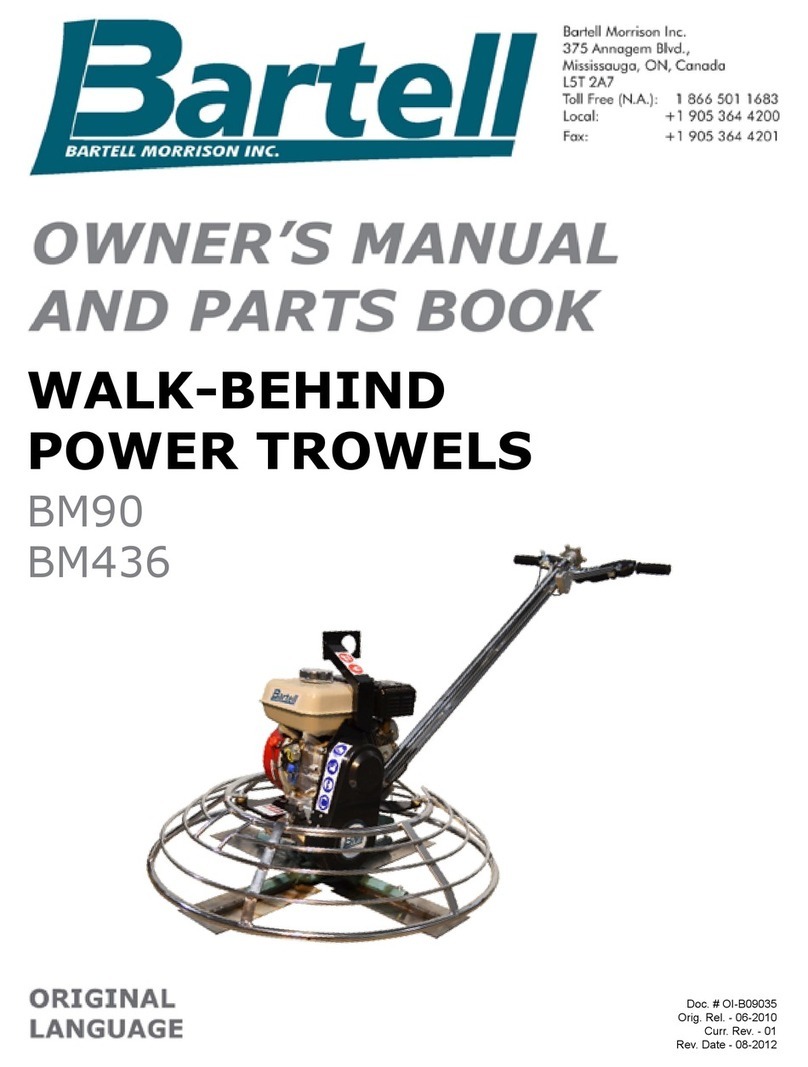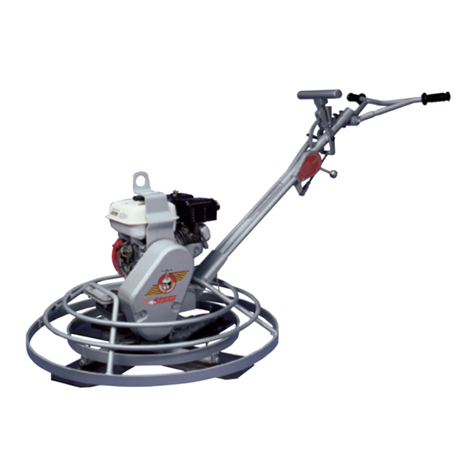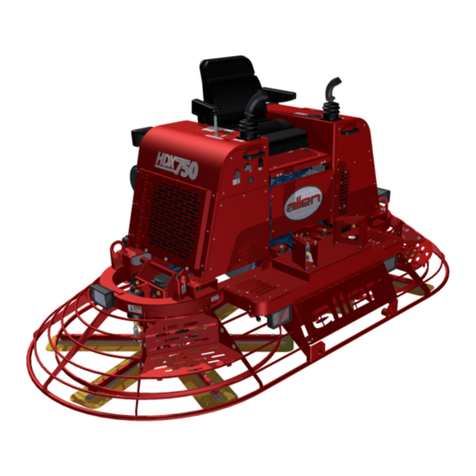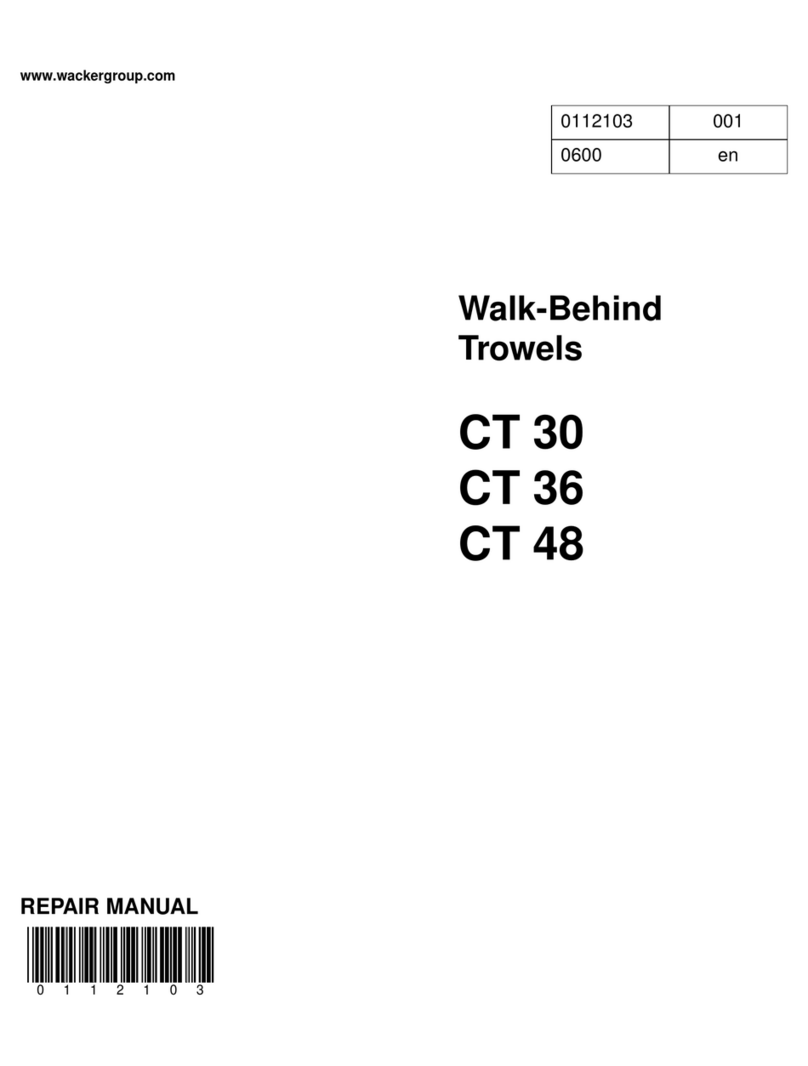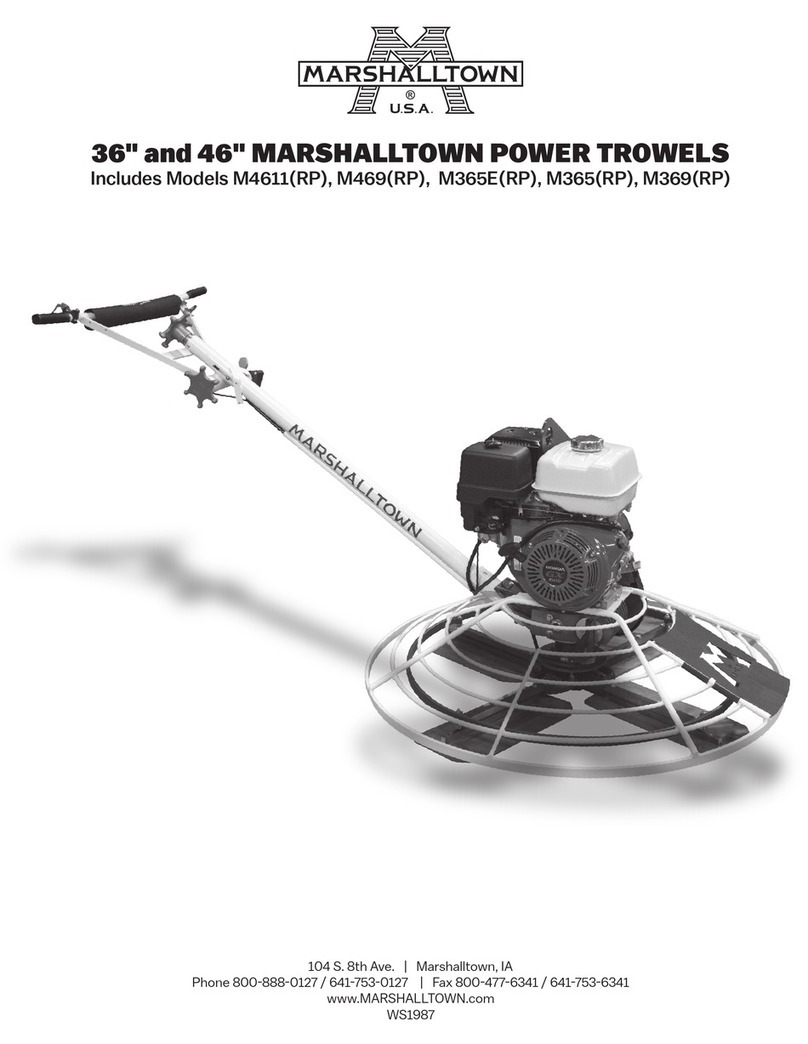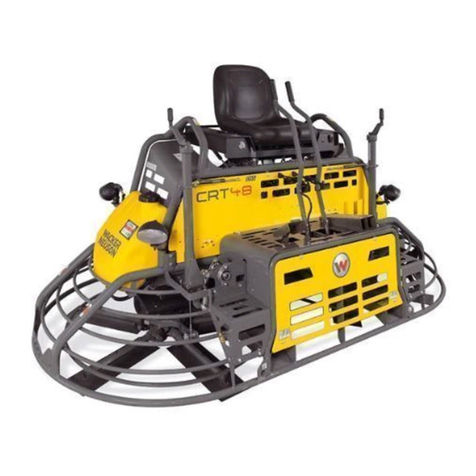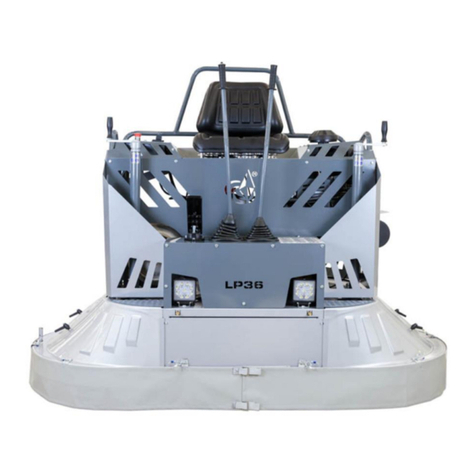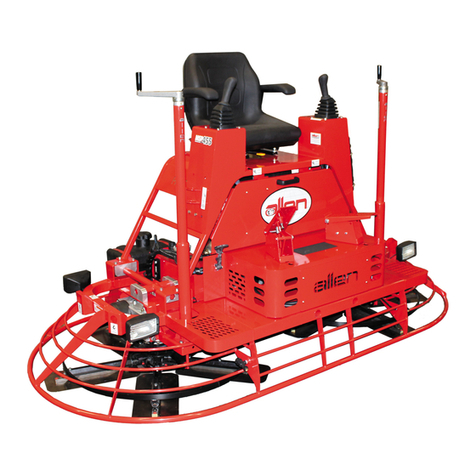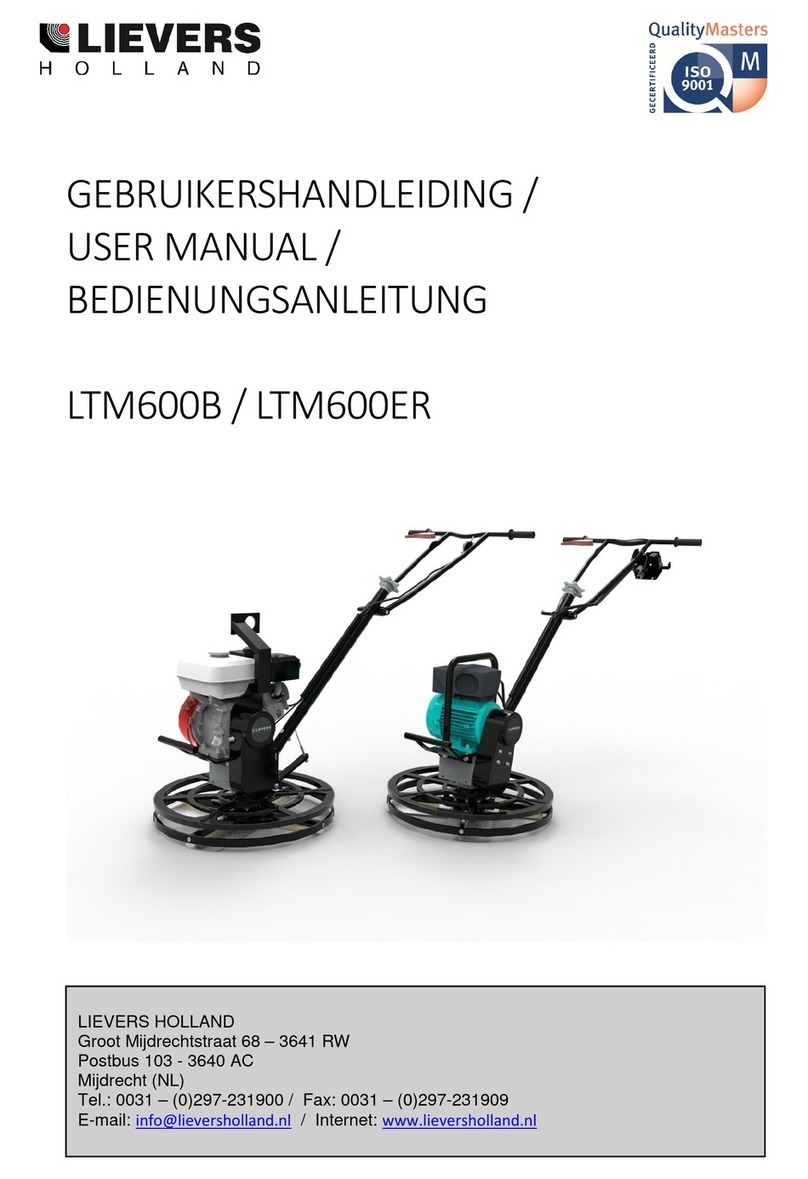Scan Helicopter –Manual
- iv -
Table of Contents
1Specifications...................................................................................................................................... 2
1.1 Electrical specifications ............................................................................................................... 2
1.2 Mechanical specifications............................................................................................................ 3
1.3 Range of application .................................................................................................................... 4
1.4 Scope of supply............................................................................................................................ 4
1.5 Overview...................................................................................................................................... 5
2Safety Regulations.............................................................................................................................. 6
2.1 Symbols........................................................................................................................................ 6
2.2 Safety precautions........................................................................................................................ 6
2.3 Organizational measures.............................................................................................................. 6
2.4 Personnel...................................................................................................................................... 8
2.5 Safety regarding operation of machine ........................................................................................ 8
2.6 Electrical safety............................................................................................................................ 9
2.6.1 Cables.................................................................................................................................. 10
2.7 Definition of the “Safety off position”....................................................................................... 10
2.8 Safety regarding maintenance.................................................................................................... 10
2.8.1 Lifting ................................................................................................................................. 11
2.8.2 Inside vehicles..................................................................................................................... 11
3Operation .......................................................................................................................................... 12
3.1 Precautions................................................................................................................................. 12
3.2 Control device............................................................................................................................ 13
3.3 Start up ....................................................................................................................................... 13
3.4 Stop ............................................................................................................................................ 13
3.5 Safety off position...................................................................................................................... 14
3.6 Troweling blades........................................................................................................................ 14
4Maintenance...................................................................................................................................... 15
4.1 Precautions................................................................................................................................. 15
4.2 Battery Belts............................................................................................................................... 15
4.3 Directions for Battery charger TC PHASE 5............................................................................. 15
4.4 Maintenance and inspection list................................................................................................. 16
4.5 Cleaning the machine................................................................................................................. 16
4.6 Trouble shooting ........................................................................................................................ 16
4.6.1 Common faults.................................................................................................................... 16
5Spare parts......................................................................................................................................... 17
6Warranty ........................................................................................................................................... 20
7EU Declaration ................................................................................................................................. 21
8Alphabetical reference...................................................................................................................... 22
9Contact information.......................................................................................................................... 23
”HELICOPTER” POWER TROWEL, BATTERY OPERATED............................................................ 24
Article number: 210000........................................................................................................................ 24
Delivery supervisor (sign.)____________________________ ....................................................... 24
”HELICOPTER” POWER TROWEL, 230VOLT DRIVEN ................................................................... 25
Delivery supervisor (sign.)___________________________________ ............................................. 25
